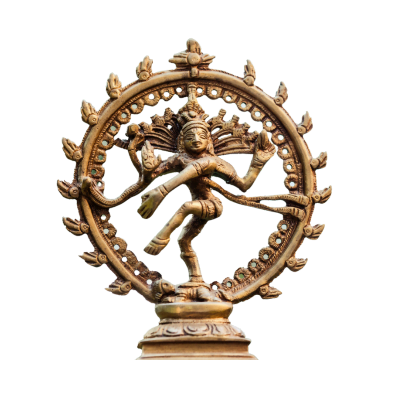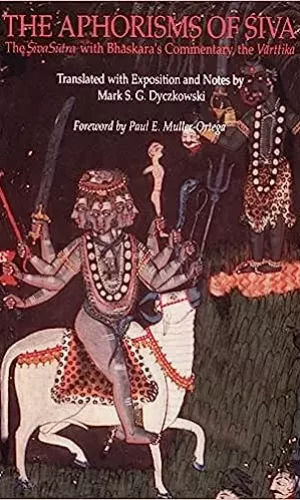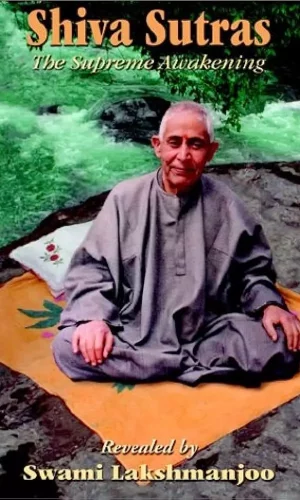
Kashmiri Shaivism
An art as a guide. The most important thing here is to understand that, in the Indian philosophical tradition, art (especially theatre) is just such a thing, which, when used properly, actually facilitates the flow of electric current; it does not divert aside, does not block the flow of energy, but favours a kind of lightning strike, and ultimately leads the participants of the process (and in the last limit, the audience) to goals that lie far beyond the purely aesthetic use....
Art as a guide Isaeva N.V."Awareness is atman"; "Atman is not the body, prana, mind, or emptiness, as the Laukikas, Charvakas, Vedists, Yogacharas, Madhyamikas, and others believe, but as it is said - [He] is awareness"
Shiva Sutra Commentary (vimarshini)Having pondered the knowledge of two views at an object, one should seek support in the centre. After leaving both of these views, one will find essence in the centre.
Vijnana Bhairava Tantra विज्ञानभैरवतन्त्रAt the moment of intense emotion, people forget their individual selves for a period of time. In this case, they experience a powerful sense of unity with everything around them, forgetting all worries and concerns, and temporarily sinking into the bliss of the inner Self.
Kashmiri Shivaism B. N. PanditThere is no being for the non-existent, no non-being for the existent, the boundary between the two is obvious to those who see the truth. /17/ Further [Krishna says] according to worldly experience. 'The non-existent’, i.e., the body, eternally subject to destruction, has no being (real existence) because it is subject to constant change. ‘Existing', eternal, is Paramatma, (the Supreme Atman), never to perish, since It is unchanging. As the Veda states: "Verily, this Atman does not perish, [it is] of indestructible nature." [Brihadaranyaka Upanishad 4.5.14.]
Gitartha Sangraha Abhinavagupta


Abhinavagupta is the leading philosopher of the Trika Pratyabhijna school, broadly known as Kashmiri Shaivism. Kashmiri Shaivism itself is the most prominent system in the Tantric tradition, and Abhinavagupta is the foremost exponent of Tantric philosophy. Since Abhinavagupta is a Tantric philosopher, it is quite appropriate, even necessary, to give an introduction to the Tantric tradition. In order to demonstrate the significance of Abhinavagupta, let us first show the significance of Tantric philosophy itself.
Kashmiri Shivaism Kalamakar Mishra